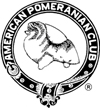Sable is a pattern rather than a color. The term sable refers to the black banding on the guard hairs which give it the sable, or shaded appearance. Sable can vary from just a few black hairs on the back or tail, to heavy sabling all over the dog (almost appearing black & tan). It also can vary in exact pattern and shade but with no patches of self color, as other recessives can affect the coloring of the black pigment.
To learn more about sable genetics visit sable variations or or color genetics.
Red Sable
Red sable has a reddish hue base color with black tipped hair. Traditionally the color is compared to that of an Irish Setter, but with black sabling (guard hairs).
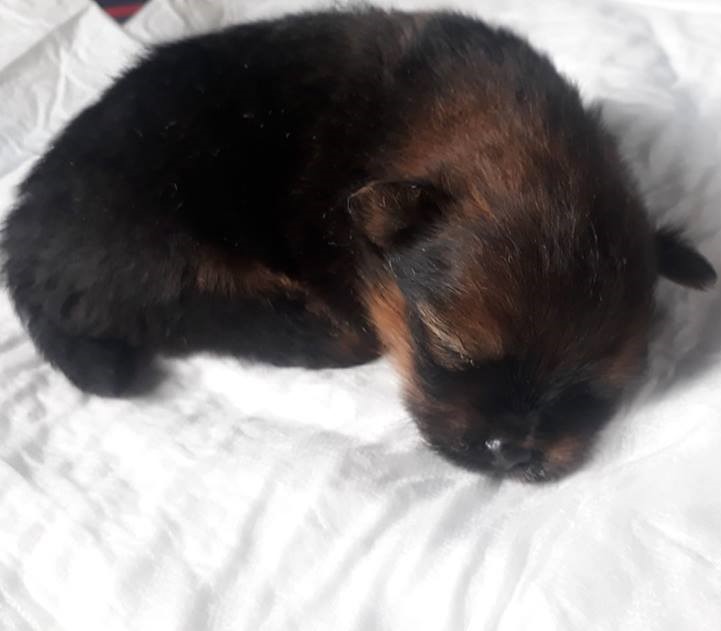
Red Sable newborn 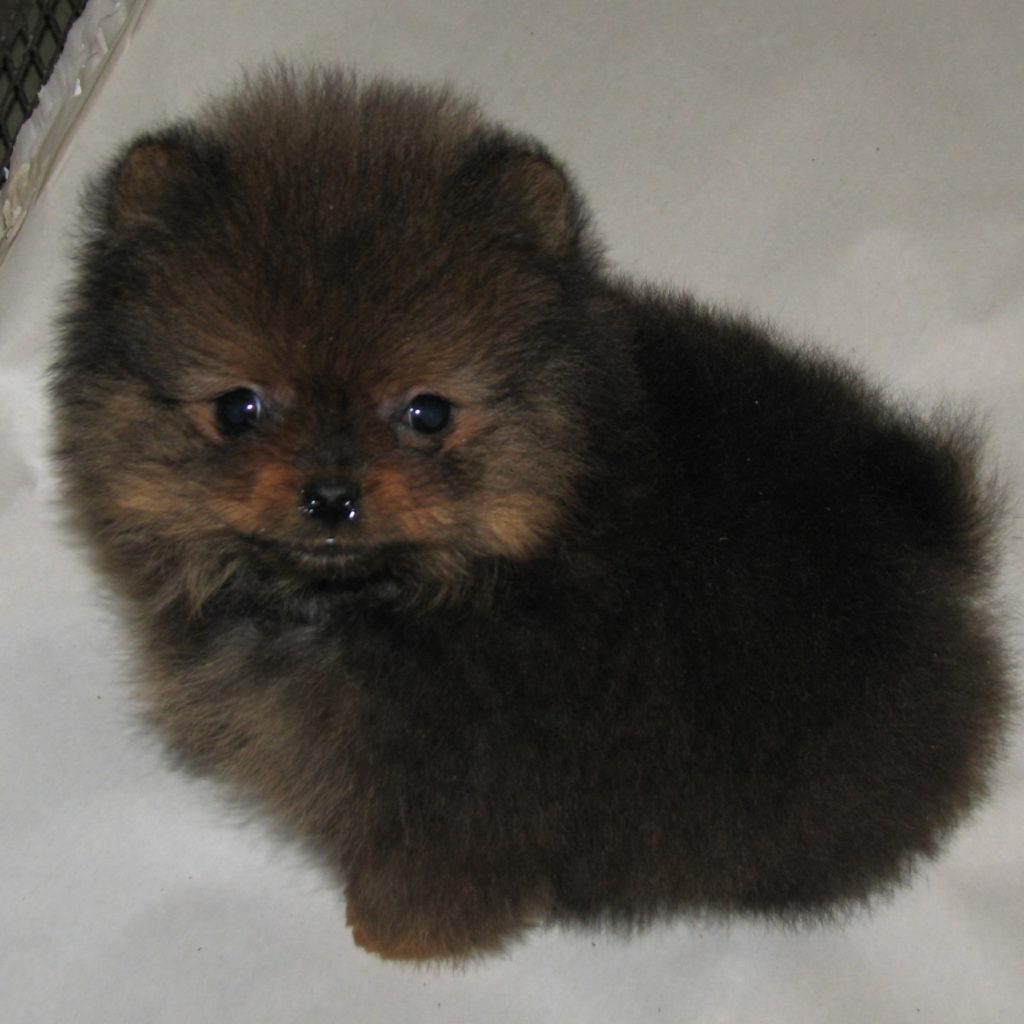
Red Sable 8 wks 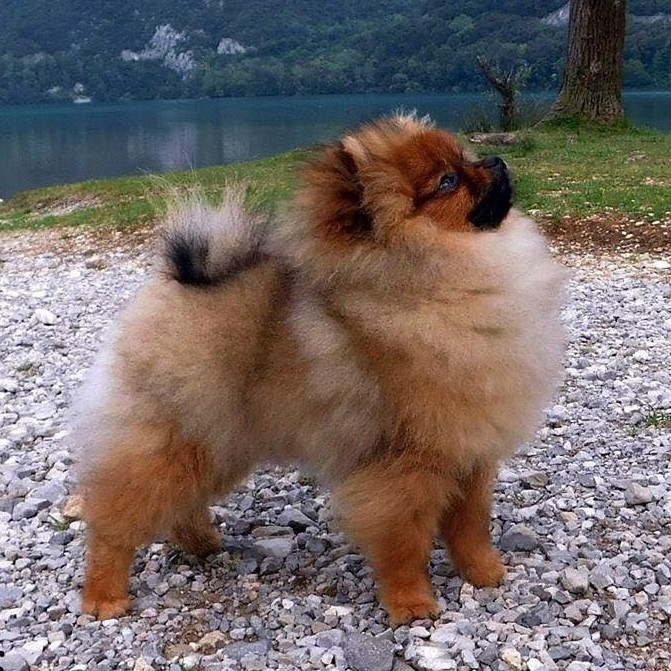
Red Sable 6 mos 
Red Sable Adult 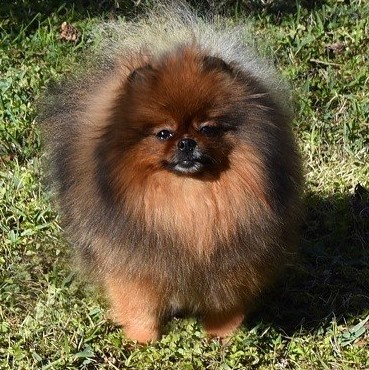
Red Sable adult 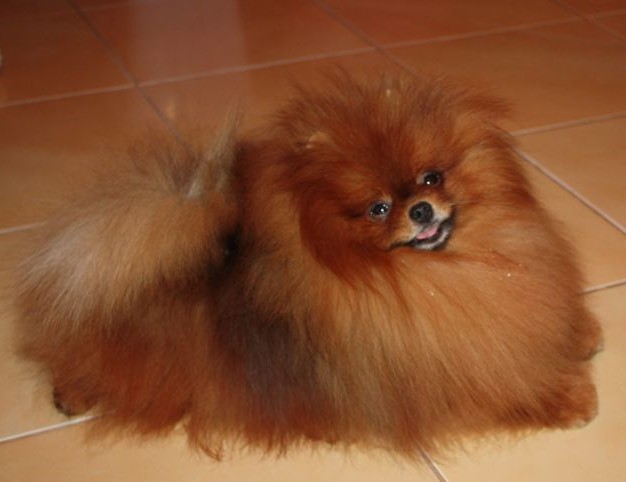
Red Sable adult
Orange Sable
Orange sable is an orange base with with black tipped hair.
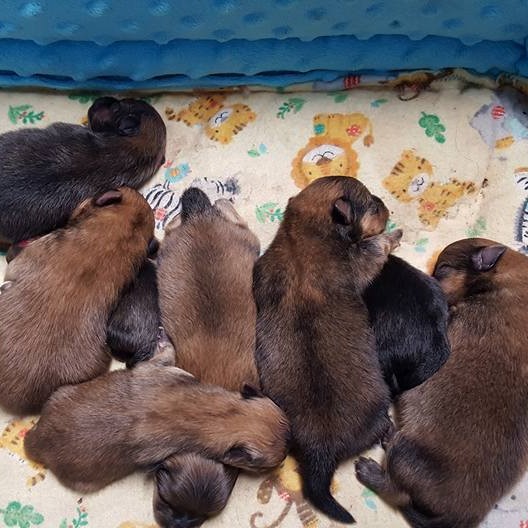
Orange Sable Newborns 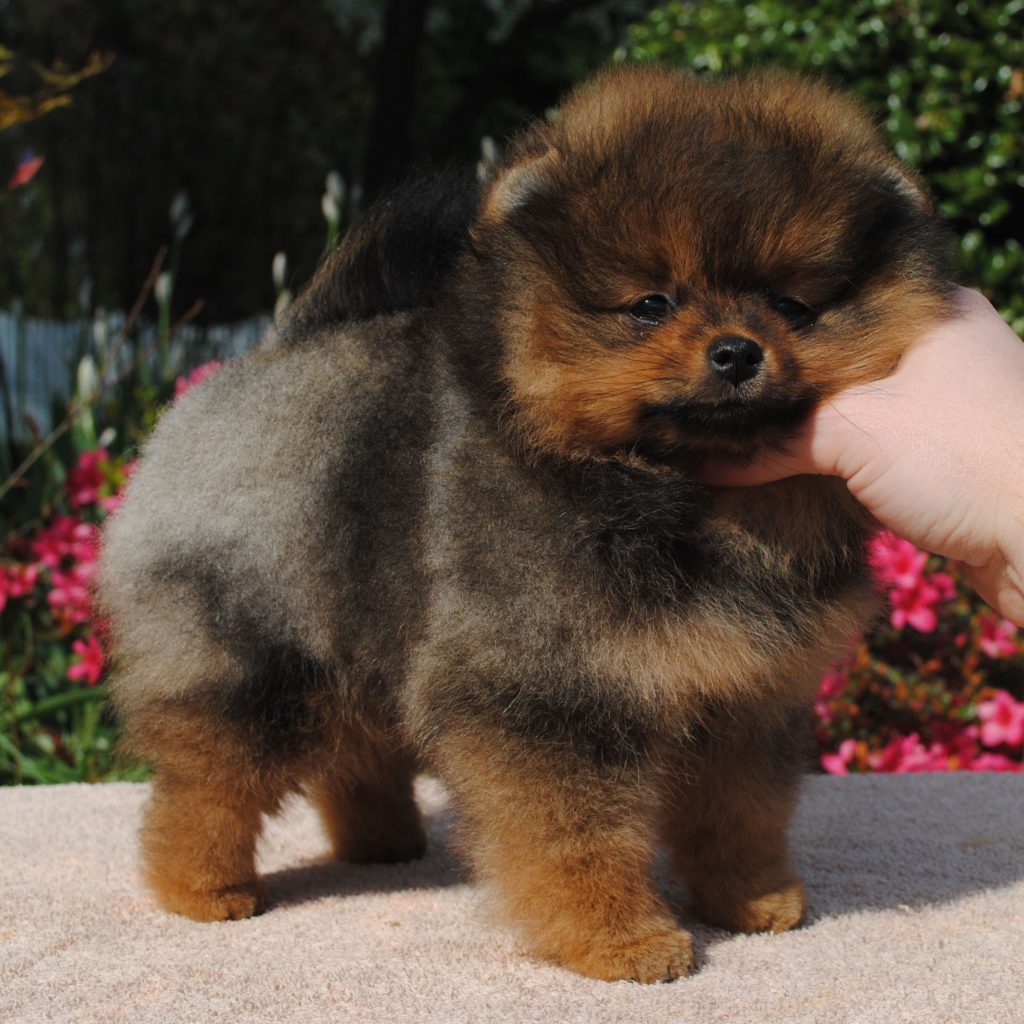
Orange Sable 8 wks 
Orange Sable 8 wks 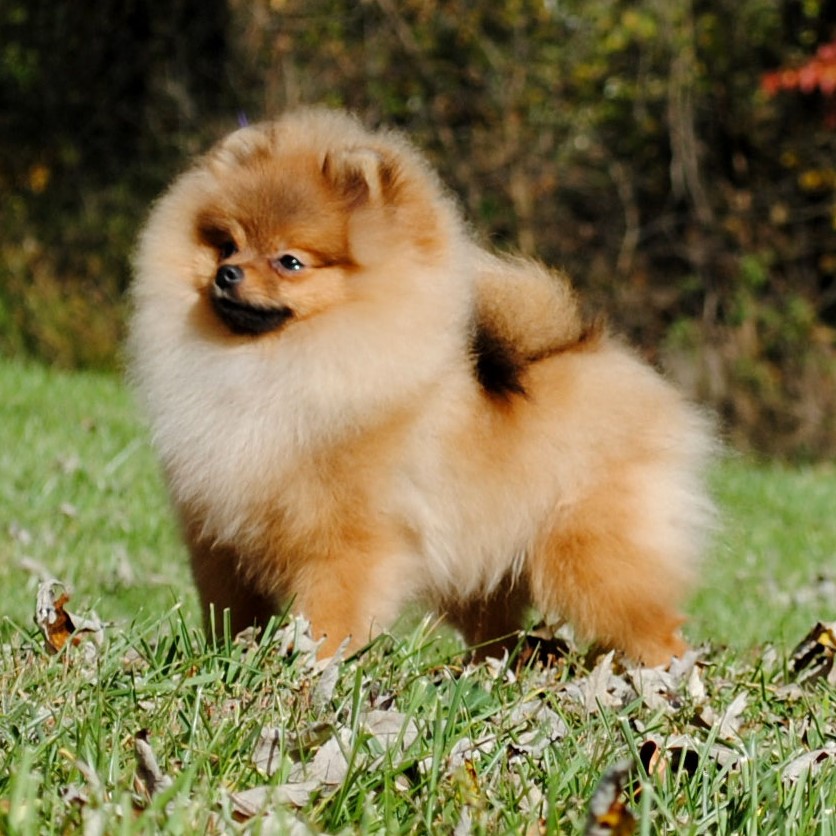
Orange Sable 6 mos 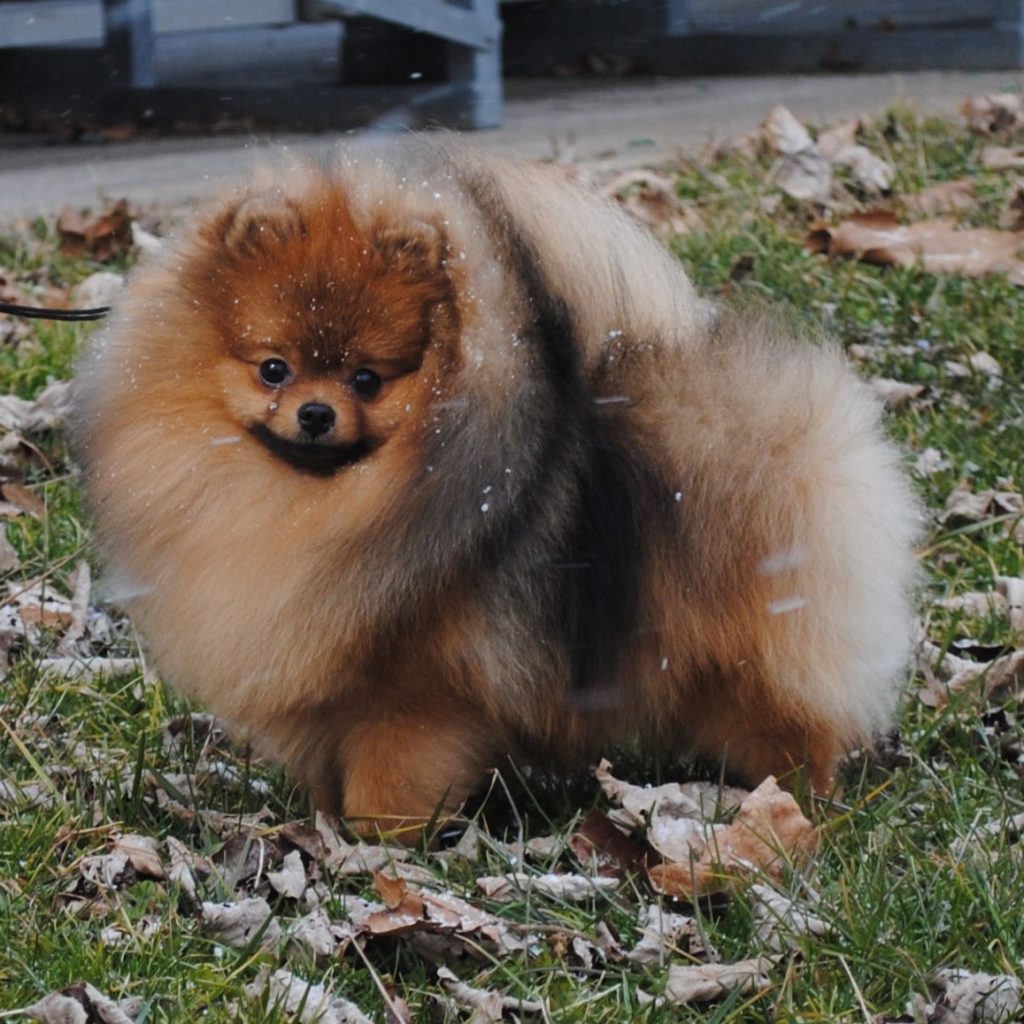
Orange Sable Adult 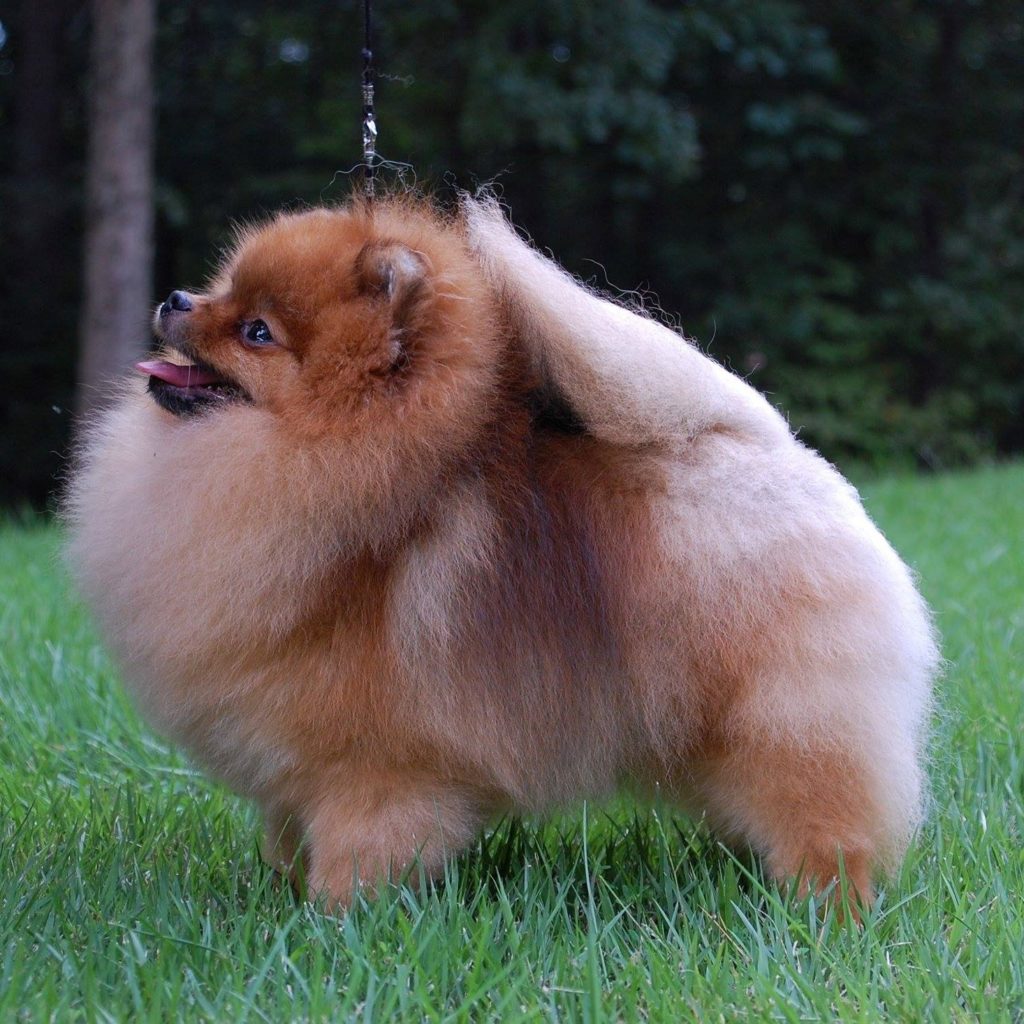
Orange Sable Adult
Heavy (Orange) Sable
Heavy sables are noted for having a great deal of black guard hairs all over their body. They may appear practically black & tan but with more orange on their legs and head than a black & tan would have.
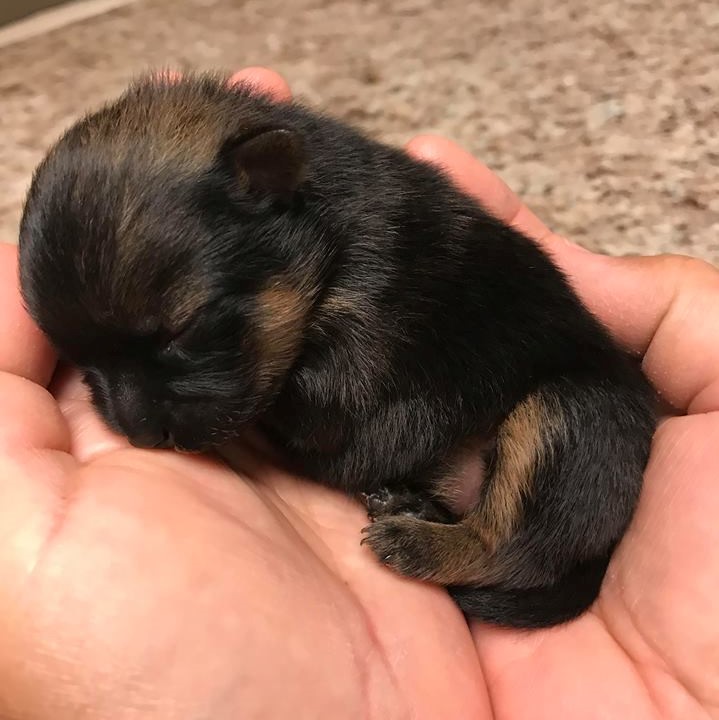
Heavy Sable Newborn 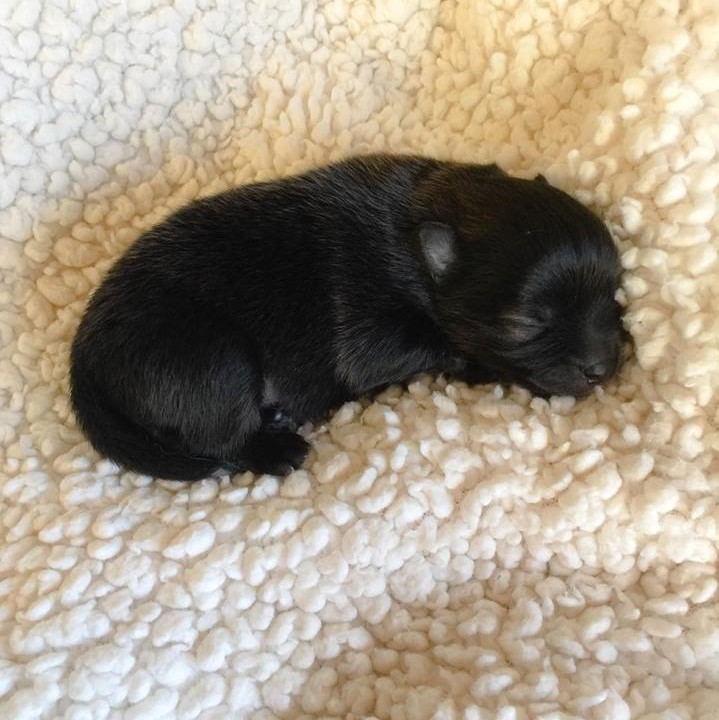
Heavy Sable Newborn 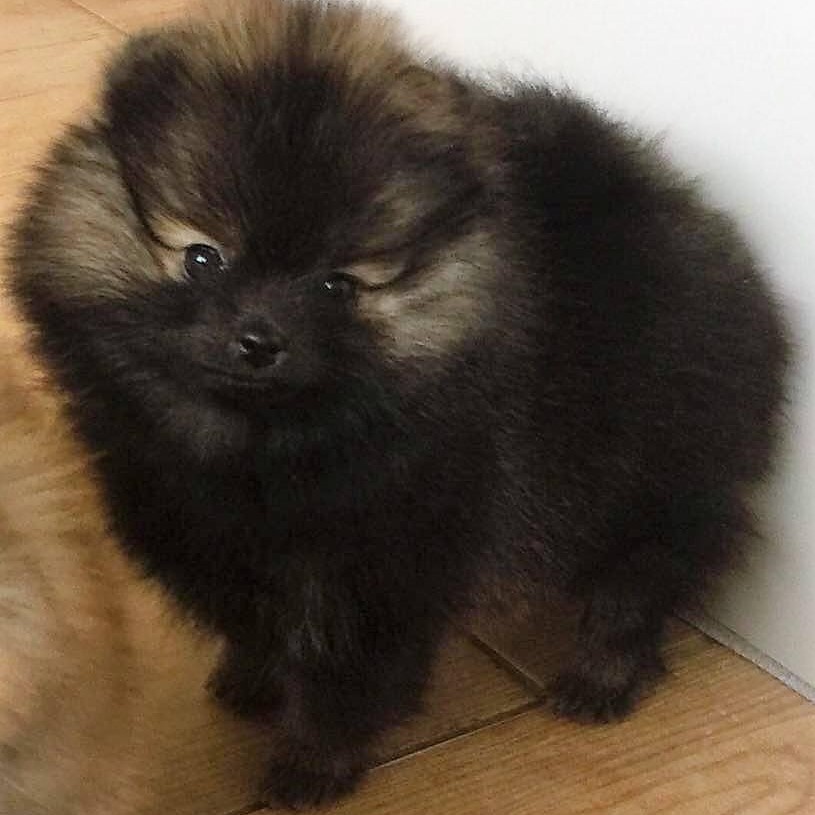
Heavy Sable 8 wks 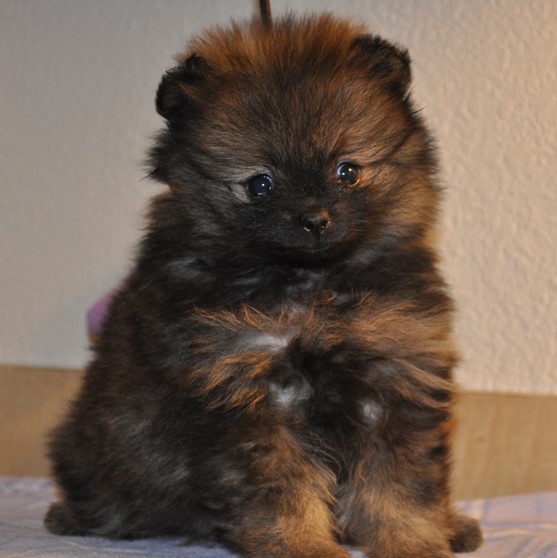
Heavy Sable 8 wks 
Heavy Sable 6 mos 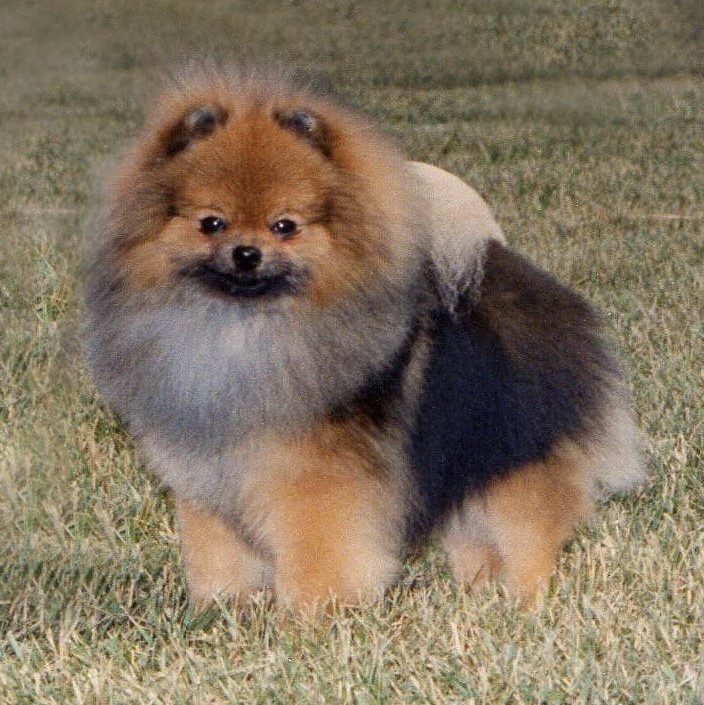
Heavy Sable Adult 
Heavy Sable Adult 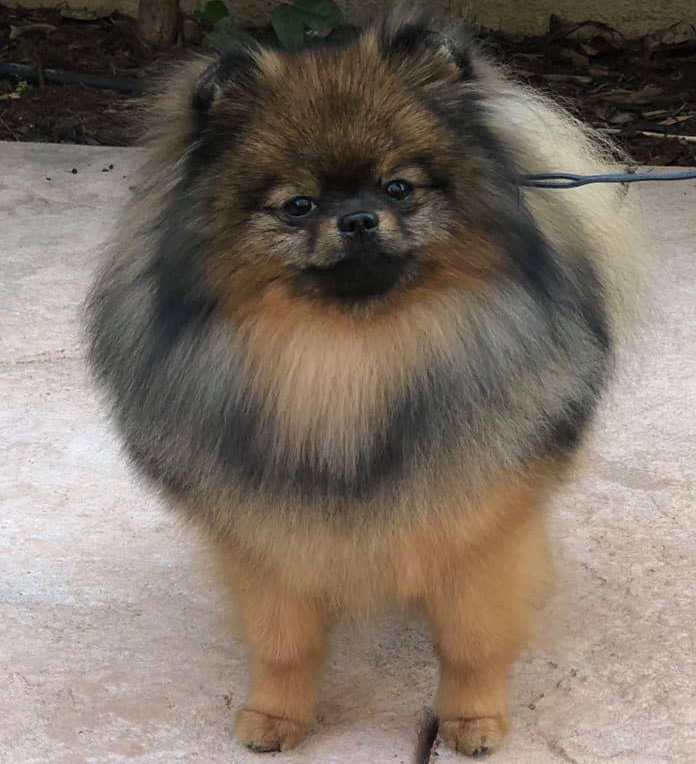
Heavy sable adult
Cream Sable
Cream sable is the name given to dogs who have paler coloring than orange sables which have black sabling. They sometimes appear more silvery as young puppies and as adults have a cool cream coloration rather than a warmer orange.
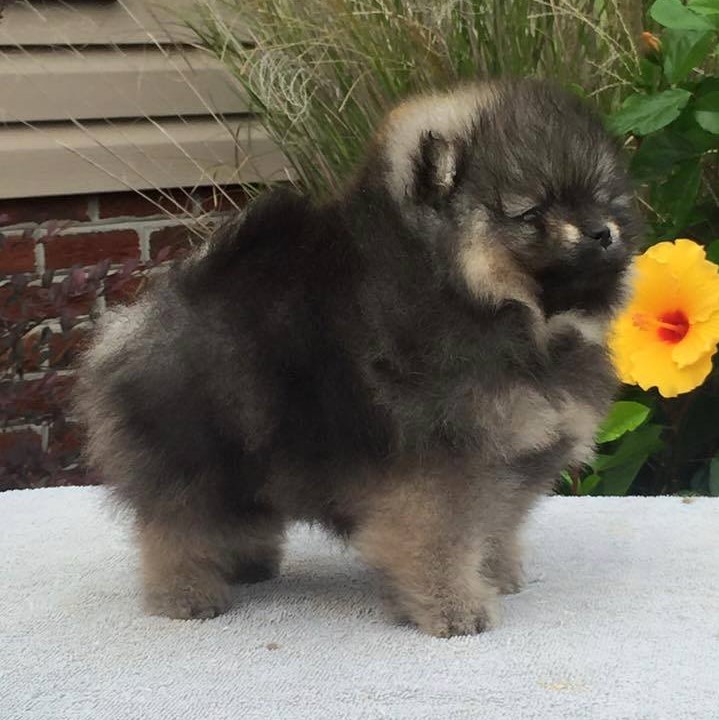
Cream Sable 8 wks 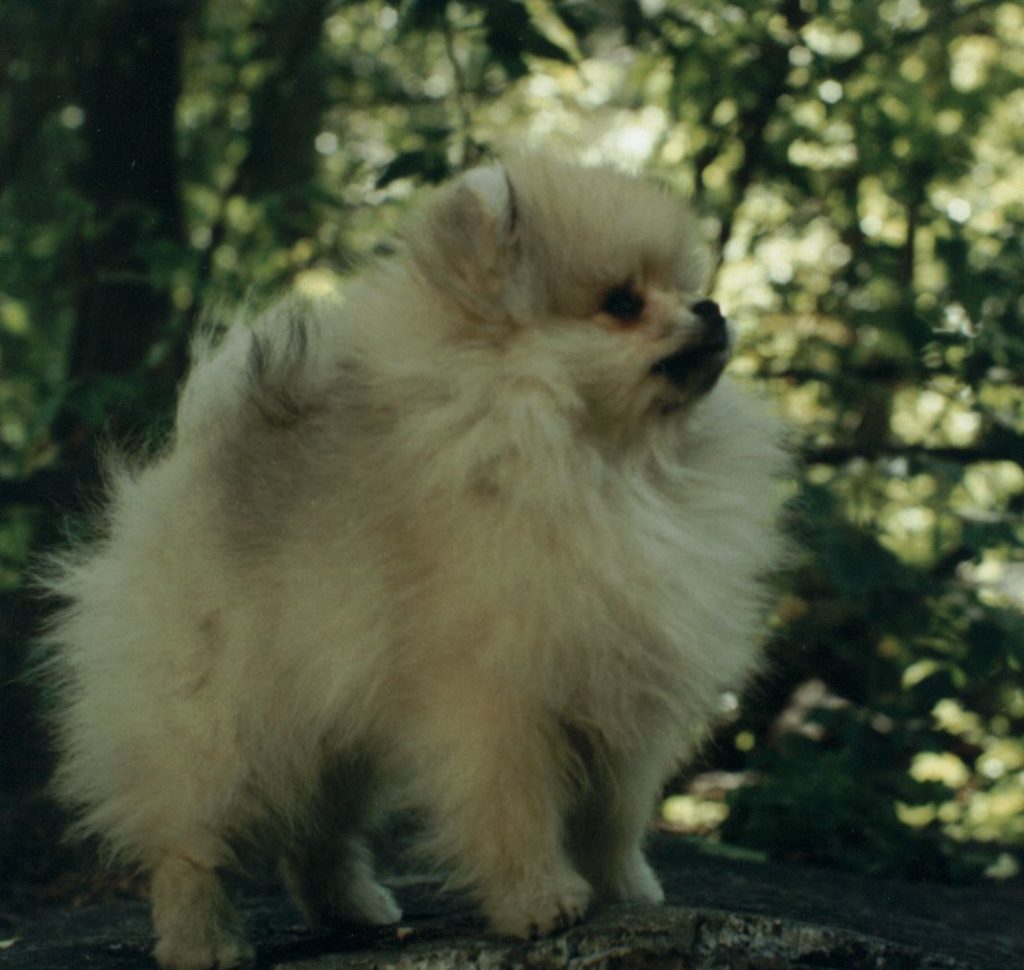
Cream Sable 8 wks 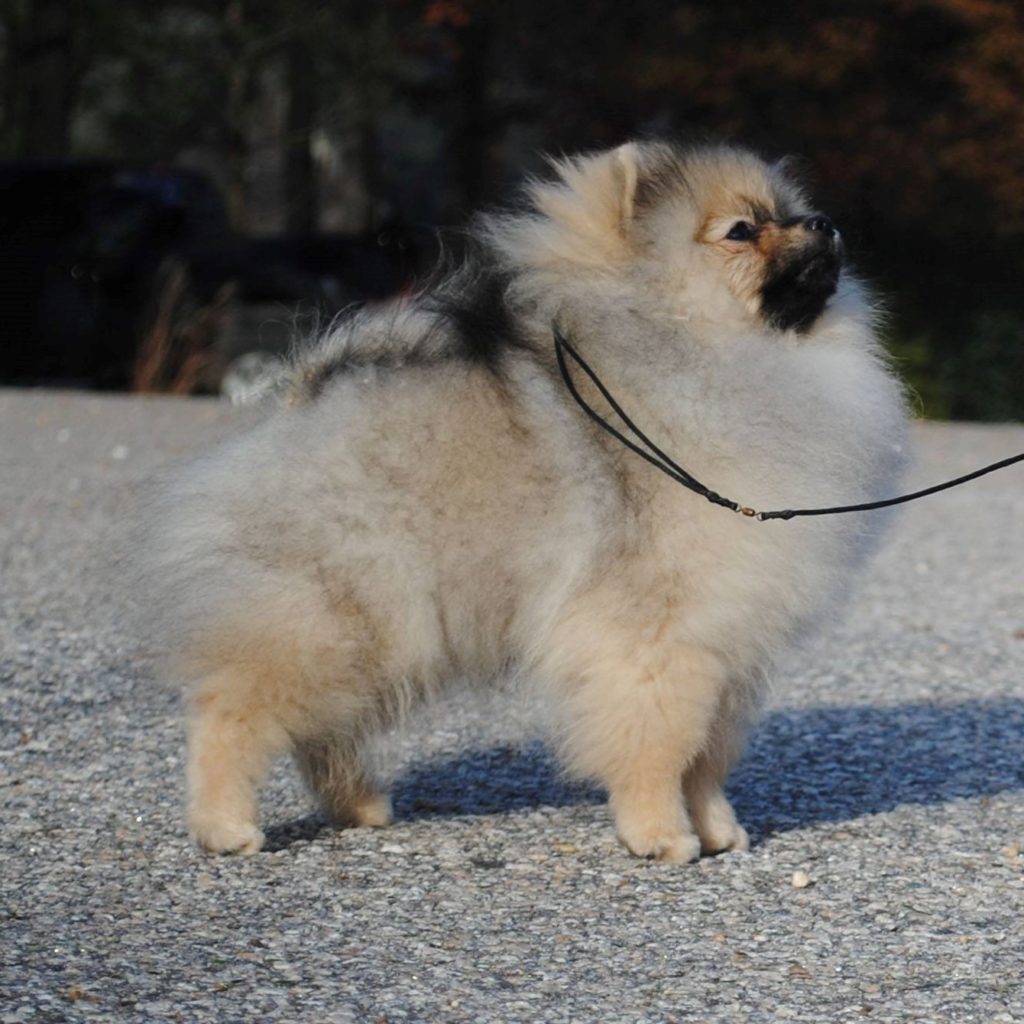
Cream Sable 6 mos 
Cream sable adult 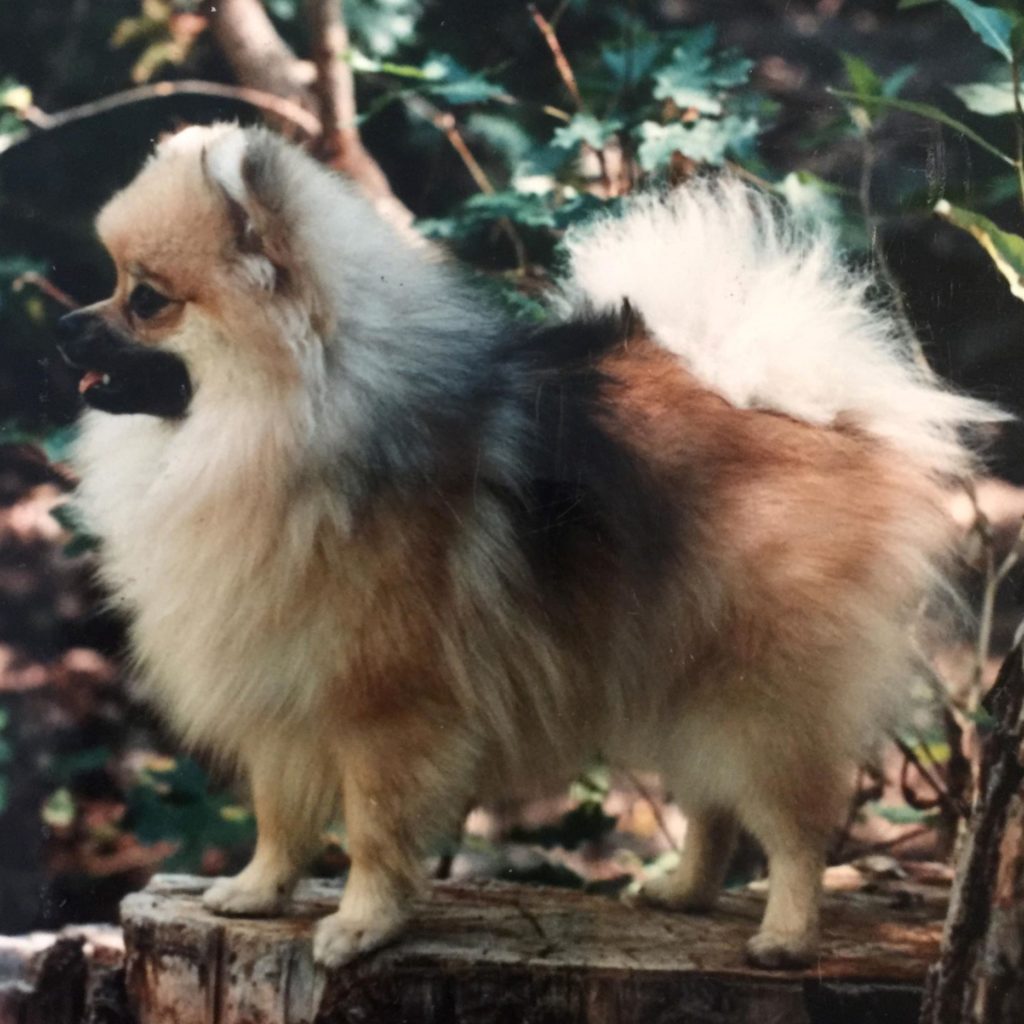
Cream sable adult
Wolf Sable
Wolf sable refers to the pattern created by the a(w) wolf sable gene. It is the same gene seen in Keeshonds. Like the Keeshonds they should have lighter “spectacles” around the eye if they are truly wolf sable, unlike the heavy orange sables.
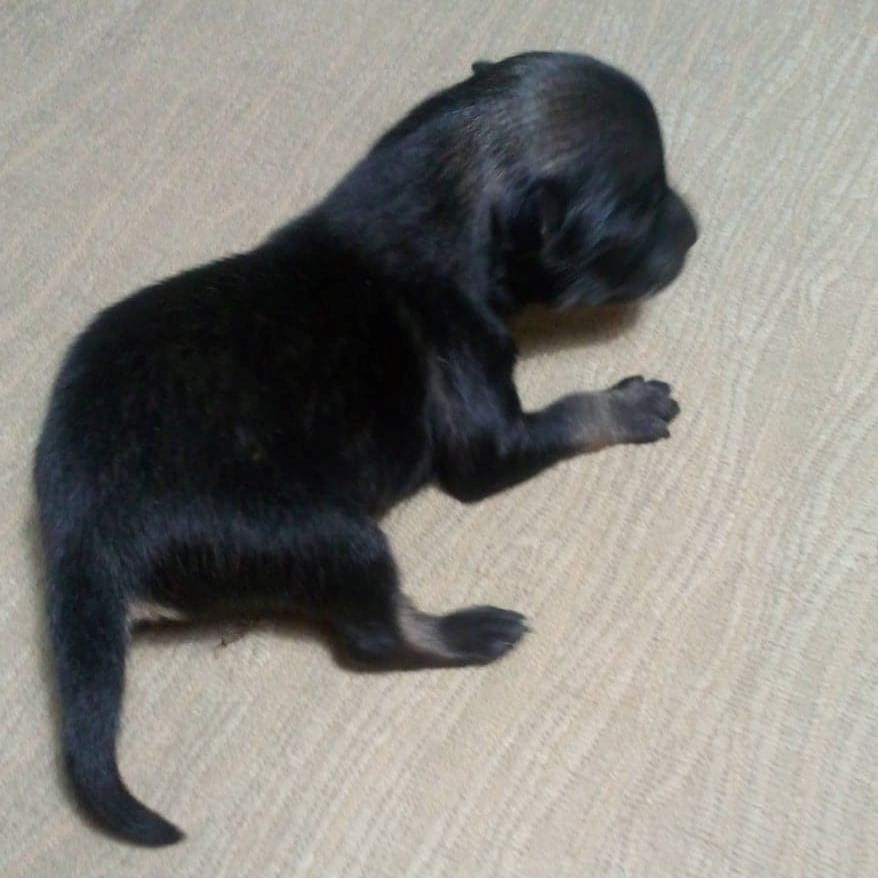
Newborn wolf sable 
Wolf sable 8 wks 
Wolf sable 6 mos 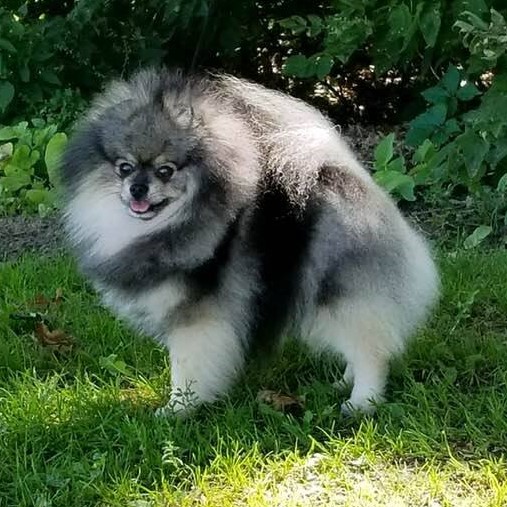
Adult wolf sable 
Adult wolf sable 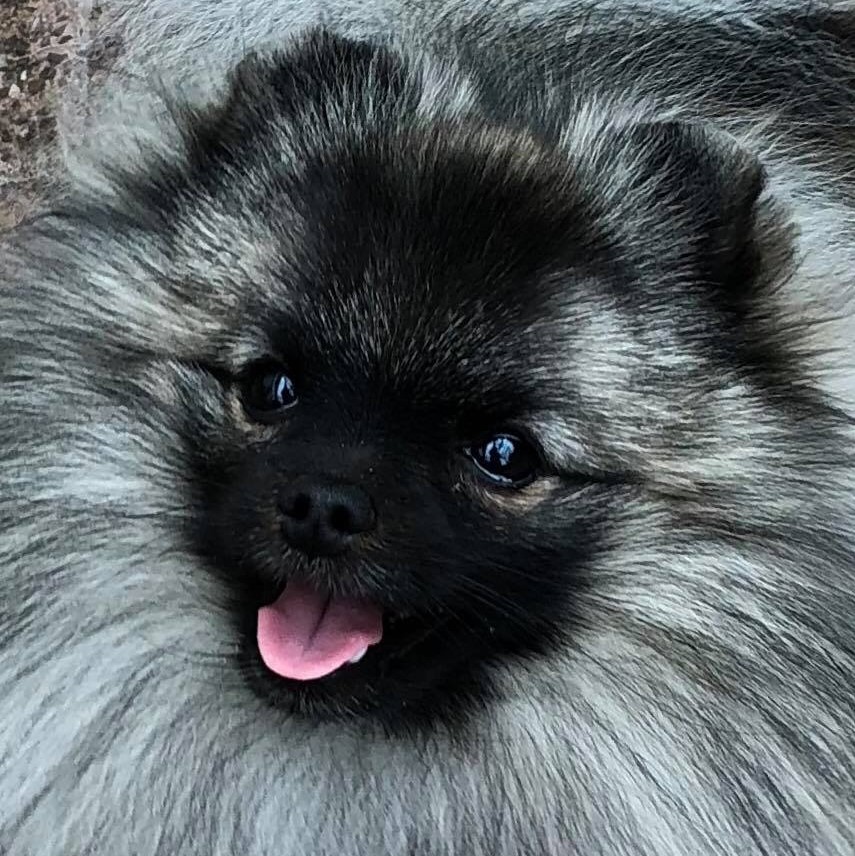
Wolf sable adult
Chocolate Sable
Chocolate sables can look like an orange dog with brown or liver pigment with the sable a shade of darker brown. The orange on the body can be a more coppery, warm brown. As newborns, like with orange sables, they can often be mistaken for chocolate & tan, but eventually you can tell that the coloration on the body and forehead isn’t solid brown, but banded with sable. Eye rims, nose, lips and toe pads are self colored.
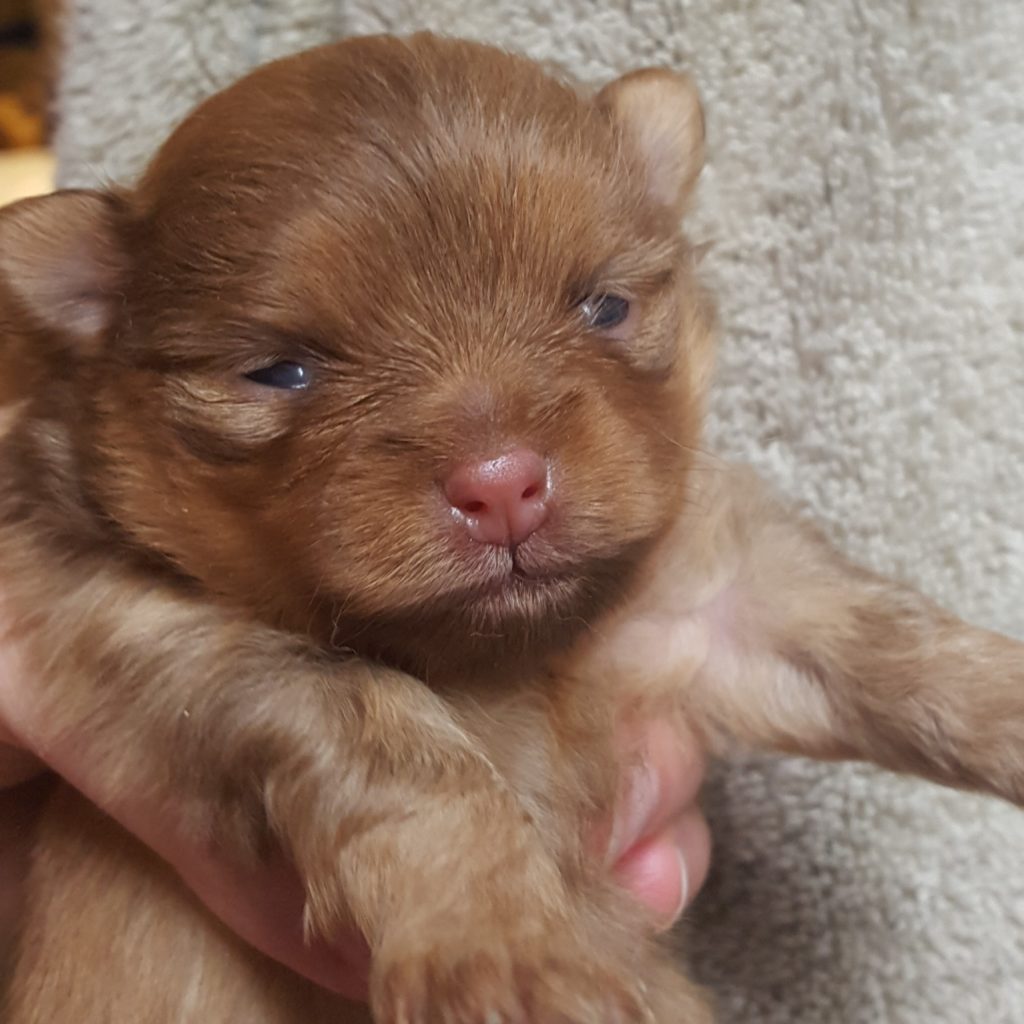
Chocolate sable newborn 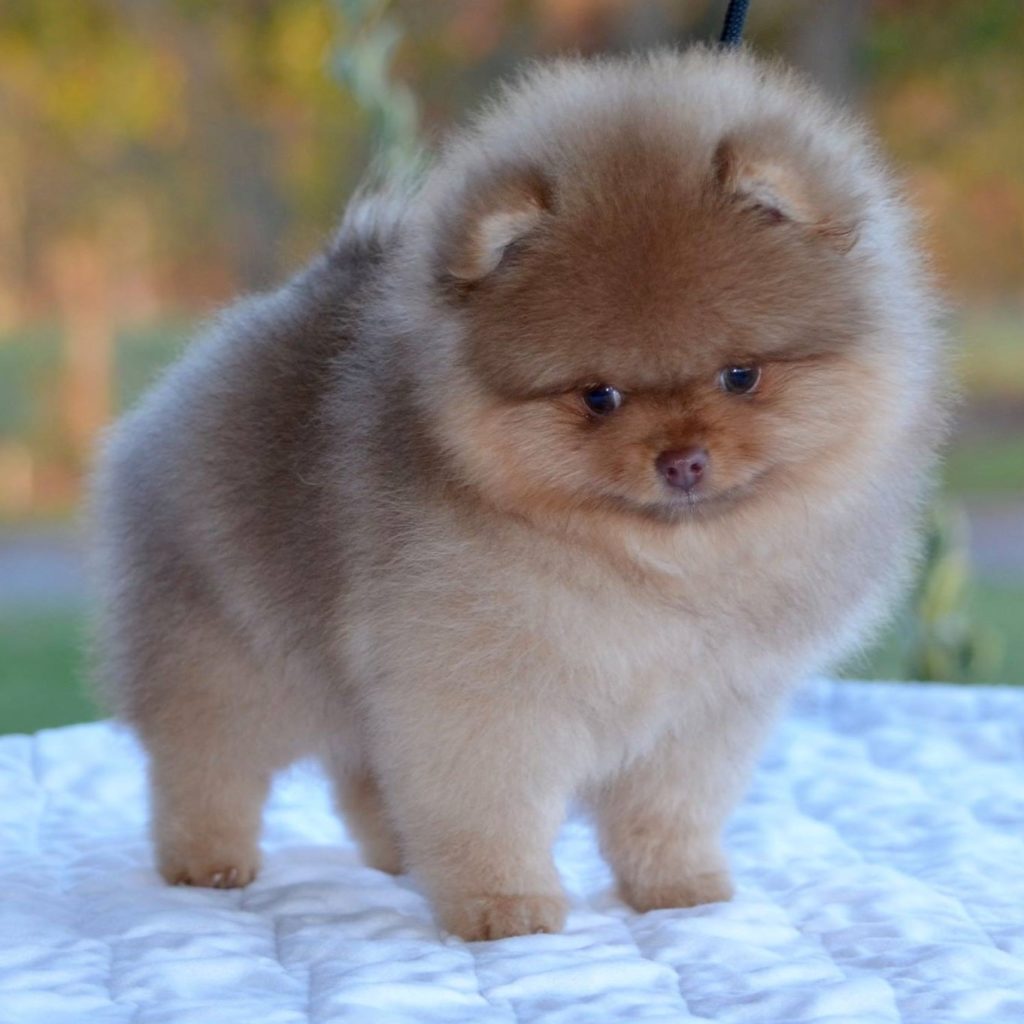
Chocolate sable 8 wks 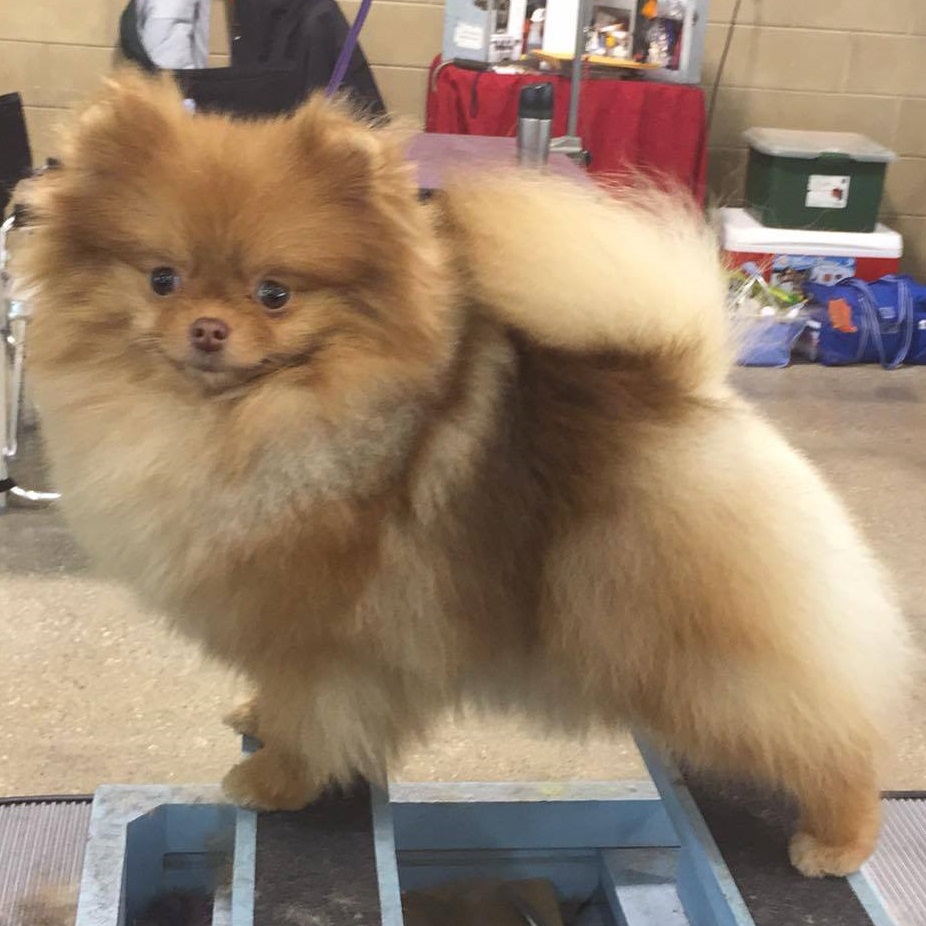
Chocolate sable adult 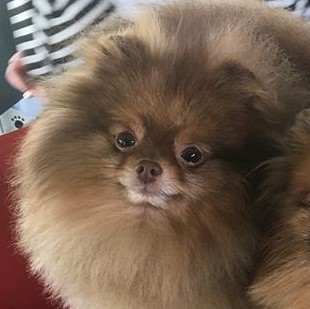
Chocolate sable adult 
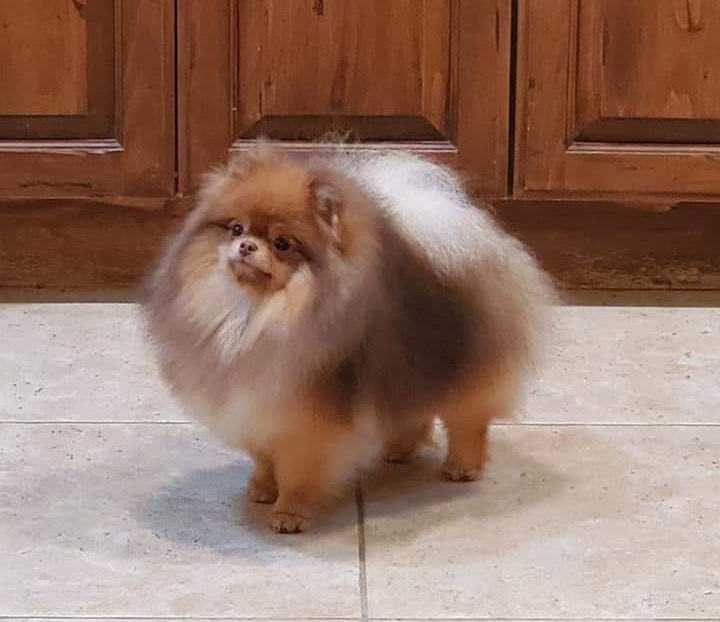
Blue Sable
Blue sable is the result of the dilute d gene reducing the depth of the black pigment to where it appears to have a bluish cast. The orange in the coat is often a more coppery color as well. They sometimes will look blue at birth.
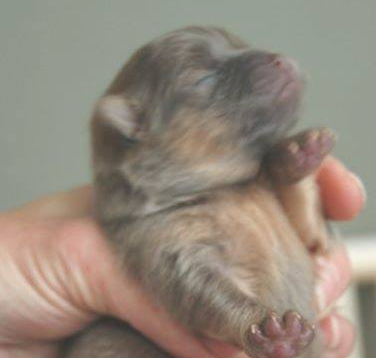
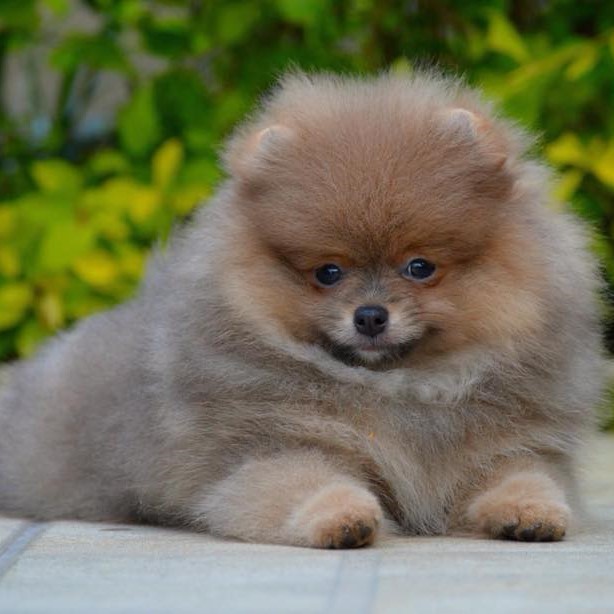
Blue sable 8 wks 
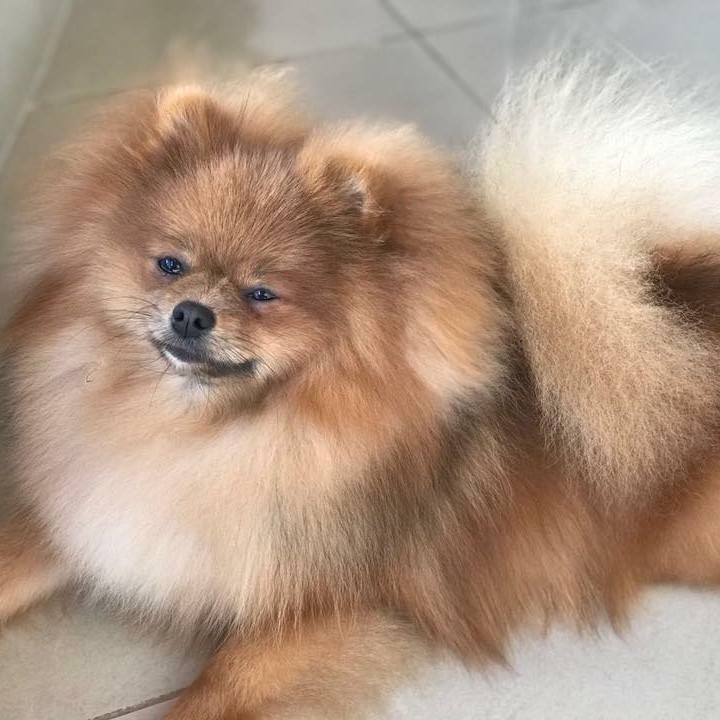
Blue sable adult 
Blue sable adult
